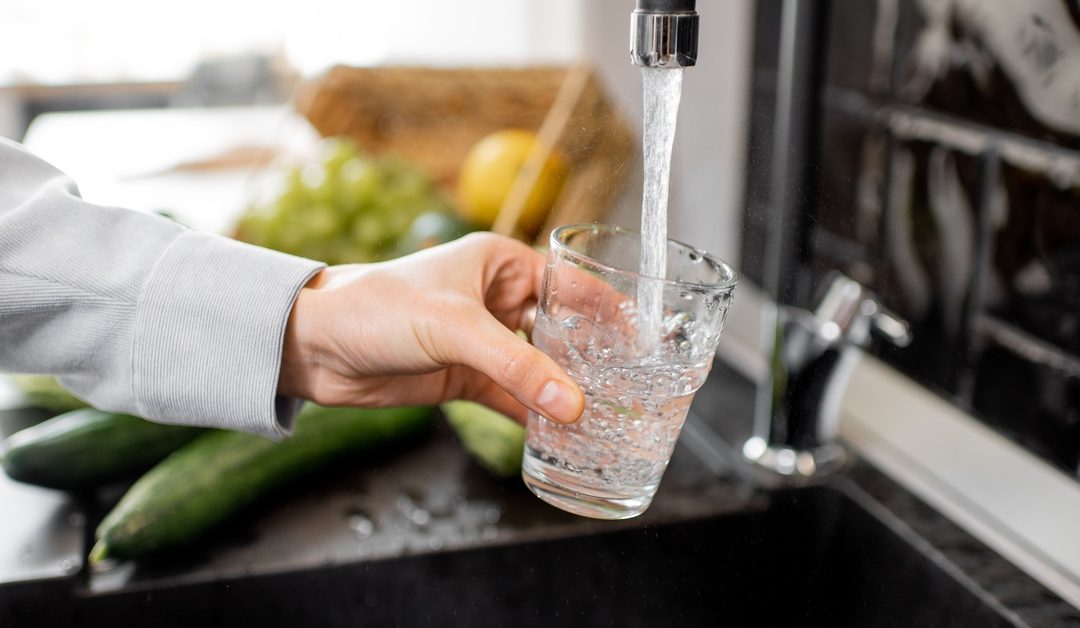A well-functioning kitchen is the heart of any home, but plumbing issues can make everyday tasks harder than they need to be. Imagine washing piles of dishes with a trickle of water or suddenly getting drenched while trying to get a small glass of water from the sink. These situations result from water pressure that is too high or low.
Take a moment to understand the importance of water pressure in your kitchen’s plumbing so that you can ensure it stays at an optimal level for your household needs.
The Role of Water Pressure in Your Kitchen
Water pressure is required to push water through your pipes and out of fixtures such as faucets or dishwashers. The optimal range for residential water pressure is typically between 40 and 60 psi, though some appliances may have specific needs. If you have low water pressure, it may be due to ongoing problems that need attention.
Signs Your Kitchen May Have Water Pressure Issues
A drop or surge in water pressure is often a sign that something is amiss. Addressing the issue early can save you from the dangers of untreated water damage. Here are some common indicators to watch for.
Weak Faucet Flow
If your faucet lacks its usual stream strength, it could be due to mineral buildup in the aerator, clogged pipes, or leaking.
Pipes Making Noise
A loud banging or whistling noise coming from pipes, also known as a water hammer, often indicates too-high pressure.
Appliance Stress
Devices such as dishwashers or icemakers may fail prematurely if your water pressure is too high since they’re unable to withstand excessive pressure.
Splashing Water
A faucet that gushes out water too forcefully may seem like just an inconvenience. However, overly high psi levels in your system could damage your cabinets and other fixtures, wasting water and costing you money.
Maintaining Proper Water Pressure
Ensuring that your home’s water pressure remains within the correct range is essential for the longevity of your plumbing and the performance of your appliances.
To deal with excessive pressure, you can use a pressure gauge to check your water pressure at any time. Installing a pressure regulator can help maintain consistent water pressure, and scheduling periodic inspections by a professional plumber can prevent long-term issues.
Dealing With Water Damage
Water damage in the kitchen can lead to costly repairs if not addressed promptly. Start by identifying the source, such as leaking pipes or faulty appliances, and take prompt action to deal with it. Regularly inspect areas under sinks, around dishwashers, and near refrigerators for signs of moisture or discoloration.
Cleaning up spills immediately is one of the best ways to protect counters and floors. It’s also among the most important kitchen safety practices to keep your family healthy.
Water pressure reflects the health of your entire plumbing system. By accounting for the importance of water pressure in your kitchen’s plumbing, you can ensure your system is operating the way it should.



Connect With Me !